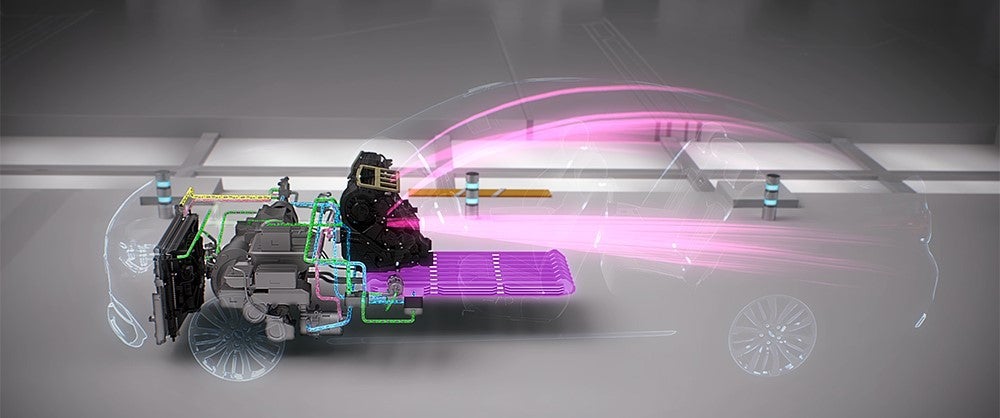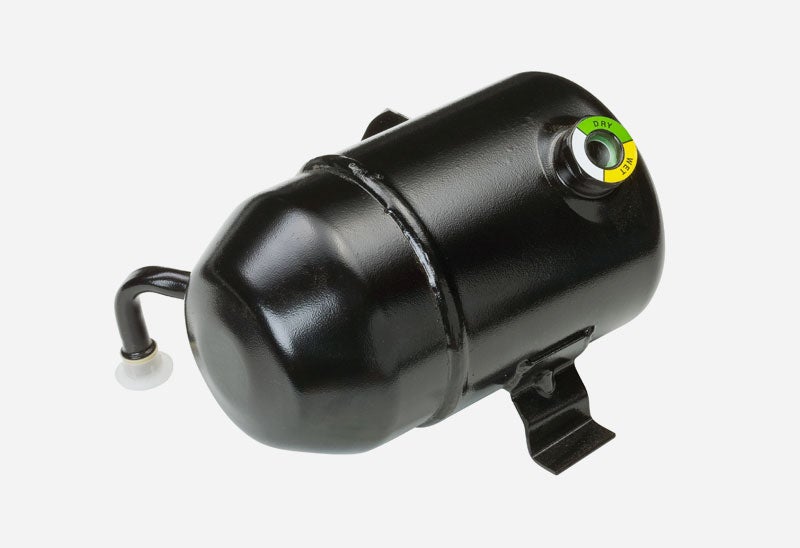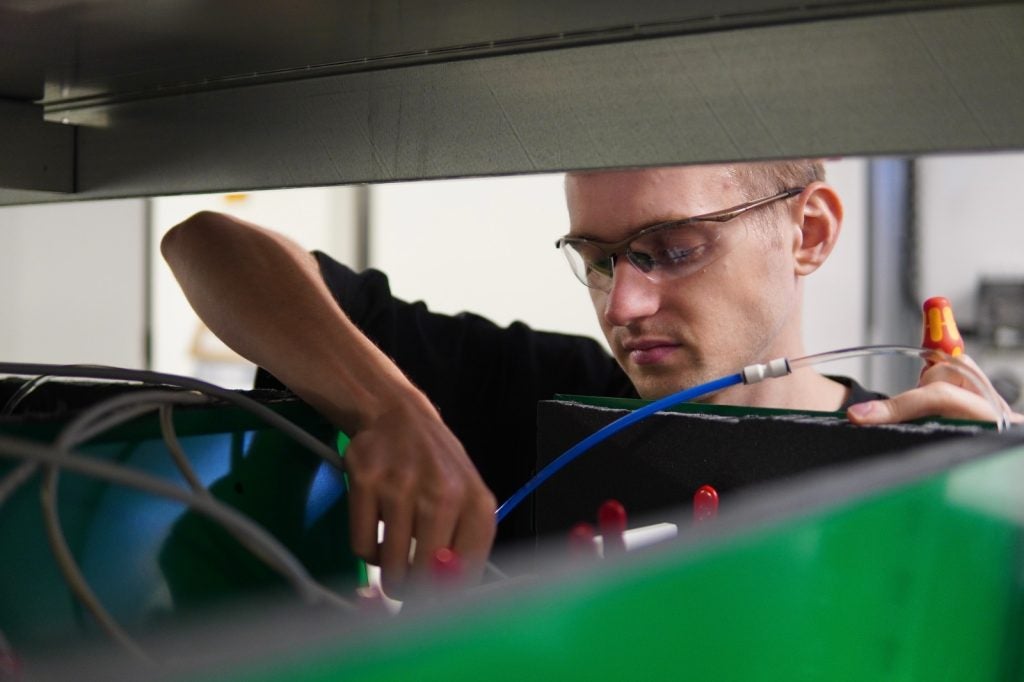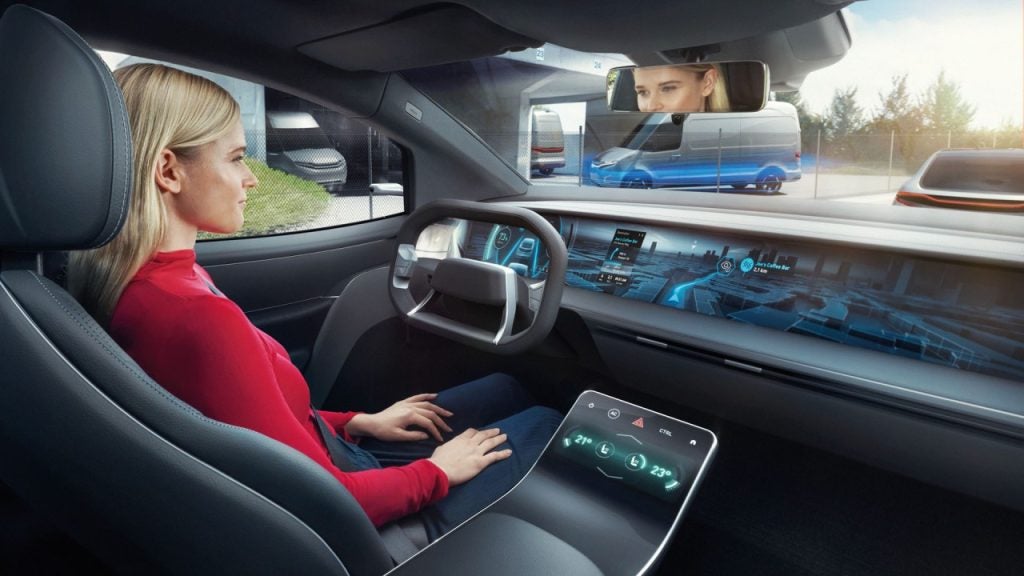Bosch is one of the frontrunners in pursuing the aim of reducing the frequency and severity of road traffic accidents by developing active and passive driving assistance systems. According to Bosch, driver assistance systems aim to make the vehicle capable of perceiving its surroundings, interpreting them, identifying critical situations, and assisting the driver in performing driving manoeuvres. The object is, at best, to prevent accidents completely and, at worst, to minimise the consequences of an accident for those concerned. Last month, Matthew Beecham talked to Professor Peter Knoll, president and CEO of Bosch’s Counselling Service for Driver Assistance and Driver Information, about what we could expect to see in tomorrow’s car.
________________________________________________________
just-auto: How far have we come?
Peter Knoll: Driver assistance systems have been under development in the EU since the Prometheus [Programme for European Transport with Highest Efficiency and Unprecedented Safety] began in 1987. Since then, all the major manufacturers have been developing a broad range of driver assistance systems. We all agree that these systems have high accident avoidance potential and can assist the goal of the European Union’s eSafety initiative to reduce fatalities by half by 2010. Furthermore, the driving comfort is increased by these functions.
just-auto: What is Bosch’s approach?
Peter Knoll: Our approach involves the development of a so-called predictive system. That means we have sensors which scan the car’s environment, detect obstacles, measure velocity and relative speed, calculate dangerous situations and then warn the driver in the first instance and then interact with the vehicle in the second. It is a stepwise approach using high-performance sensors. Our approach therefore focuses on ultrasonic for very low speed, radar for high speed and range, video for medium range and night vision. The enabling technologies are, of course, computers. We need high calculating power, software and algorithms to calculate all of these functions.
How well do you really know your competitors?
Access the most comprehensive Company Profiles on the market, powered by GlobalData. Save hours of research. Gain competitive edge.

Thank you!
Your download email will arrive shortly
Not ready to buy yet? Download a free sample
We are confident about the unique quality of our Company Profiles. However, we want you to make the most beneficial decision for your business, so we offer a free sample that you can download by submitting the below form
By GlobalDatajust-auto: How much further can this technology go?
Peter Knoll: We have already introduced parking assistance, adaptive cruise control, night vision systems, and predictive safety systems. In addition, we have developed systems which are ready to be introduced, which warn the driver of an unintended lane change or other road users in the car’s blind spot. To get intelligent and helpful functions, we always have to take the driver’s intention into account. Therefore we designed algorithms which aim to detect the driver’s will. For instance, the driver only wants to be warned when leaving his track if he does intend to change his lane. Only in case of sleepiness or inattentiveness a warning is helpful for the driver. We also have a traffic sign recognition system which is in an advanced development state. This system reads traffic signs and warns the driver if he is driving too fast. It now depends on the will of the OEMs whether or not they want to introduce such a system.
just-auto: Are flashing lights and video screens on the dashboard and audible bleeps from the car’s loud speakers the best way to warn the driver?
Peter Knoll: The human machine interface area is a very delicate area. First, we need to install a system that prioritises information so that the driver is warned of the most important things first. Second, the driver must understand the warning being given. We must also consider the right location for this information. While head-up displays are suitable for delivering navigational information, they are not acceptable for things like night vision since floating images on the windscreen can distract the driver too much. There are many on-going investigations into this area. At the end of the day, however, the human machine interface is defined by the carmaker and the end users’ feedback.
just-auto: Some people refer to the vision of “accident-free motoring” yet 95% of all accidents are the result of driver error. Are we any closer to a “crash proof car”?
Peter Knoll: In my opinion, accident-free driving is impossible due to the aging car parc and time it takes to introduce those systems on a broad basis. Although the European Union has a goal to halve the number of road fatalities by 2010, we won’t achieve that because the introduction of these systems on a broad basis is by far too slow. One way to advance on the way to accident-free driving is to encourage people buying safety systems in their next car by insurance and tax incentives.
just-auto: Could you compare and contrast the state of play with the adoption of these technologies in Europe versus Japan?
Peter Knoll: The Japanese are ahead of us. Firstly, Japanese are also more willing to pay for safety functions. Secondly, the performance of their systems is often not so high. This is the usual behaviour of the Japanese end consumer; he is typically more tolerant of limitations of the system. In Europe, however, we need to be perfectionists and therefore need more time to introduce these systems onto the market. The American market tends to be a fast following market.
just-auto: Are these features being sold as convenience or safety add-ons?
Peter Knoll: Car buyers are willing to pay extra for convenience functions like parking aids, ACC, or lane departure systems. But they are not willing to pay for safety functions like crash avoidance. This is a natural behaviour of the driver because given that accidents seldom occur, few want to pay extra for something that may never happen. So the car buyer expects a very high safety standard of the vehicle. That is a dilemma, as OEMs want to keep the price of the car low in order to remain competitive. So what we have in mind is to introduce sensors that simultaneously serve convenience and safety functions.







